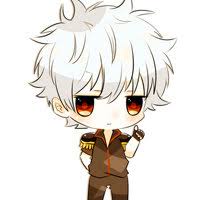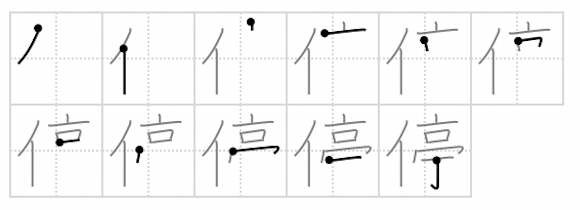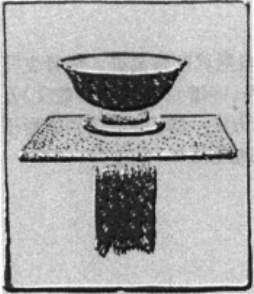Free

- 361 lessons
- 0 quizzes
- 99999 week duration
-
Previous Levels
-
Level 57
-
Level 58
-
Level 59
-
Level 60
-
Level 61
-
Level 62
-
Level 63
-
Level 64
-
Level 65
-
Level 66
-
Level 67
-
Level 68
-
Level 69
-
Level 70
-
Level 71
-
Level 72
-
Level 73
-
Level 74
-
Level 75
-
Level 76
-
Level 77
-
Level 78
-
Level 79
-
Level 80
-
Level 81
-
Level 82
-
Level 83
-
Level 84
-
Level 85
-
Level 86
-
Level 87
-
Level 88
-
Level 89
-
Level 90
-
Level 91
-
Level 92
-
Level 93
-
Level 94
-
Level 95
-
Level 96
-
Level 97
-
Level 98
-
Level 99
-
Level 100
-
Level 101
-
Level 102
-
Level 103
-
Level 104
-
Level 105
-
Level 106
-
Level 107
-
Level 108
-
Level 109
-
Level 110
-
Level 111
-
Level 112
-
Level 113
-
Level 114
-
Level 115
-
Level 116
-
Level 117
-
Level 118
-
Level 119
-
Level 120
-
Level 121
-
Level 122
-
Level 123
-
Level 124
-
Level 125
-
Level 126
-
Level 127
-
Level 128
N3 Kanji 19: 停
Meaning:

In Japanese, 停 means “to stop”.
How to read it:
| Kunyomi | Not often used |
| Onyomi | てい |
How to write it:

Origin:

You can see an empty bowl, it means the festival has stopped.
So 停 means “to stop”.

Development:

Vocabulary:
| Word | Reading | Meaning |
|---|---|---|
| 停止する | ていしする | to stop |
| 停車する | ていしゃする | to stop the car |
| 停滞 | ていたい | stagnation |
| 調停 | ちょうてい | mediation |
| 停泊 | ていはく | anchorage |
| 停電 | ていでん | blackout |
| 停戦 | ていせん | cease-fire |
| 停留所 | ていりゅうじょ | (bus) stop |
| 停学 | ていがく | suspension of school |
| 免停 | めんてい | driving license suspension |
| 停職 | ていしょく | suspension of job |
| 各停 | かくてい | local train |
Prev
N3 Kanji 18: 候
Next
N3 Kanji 20: 健